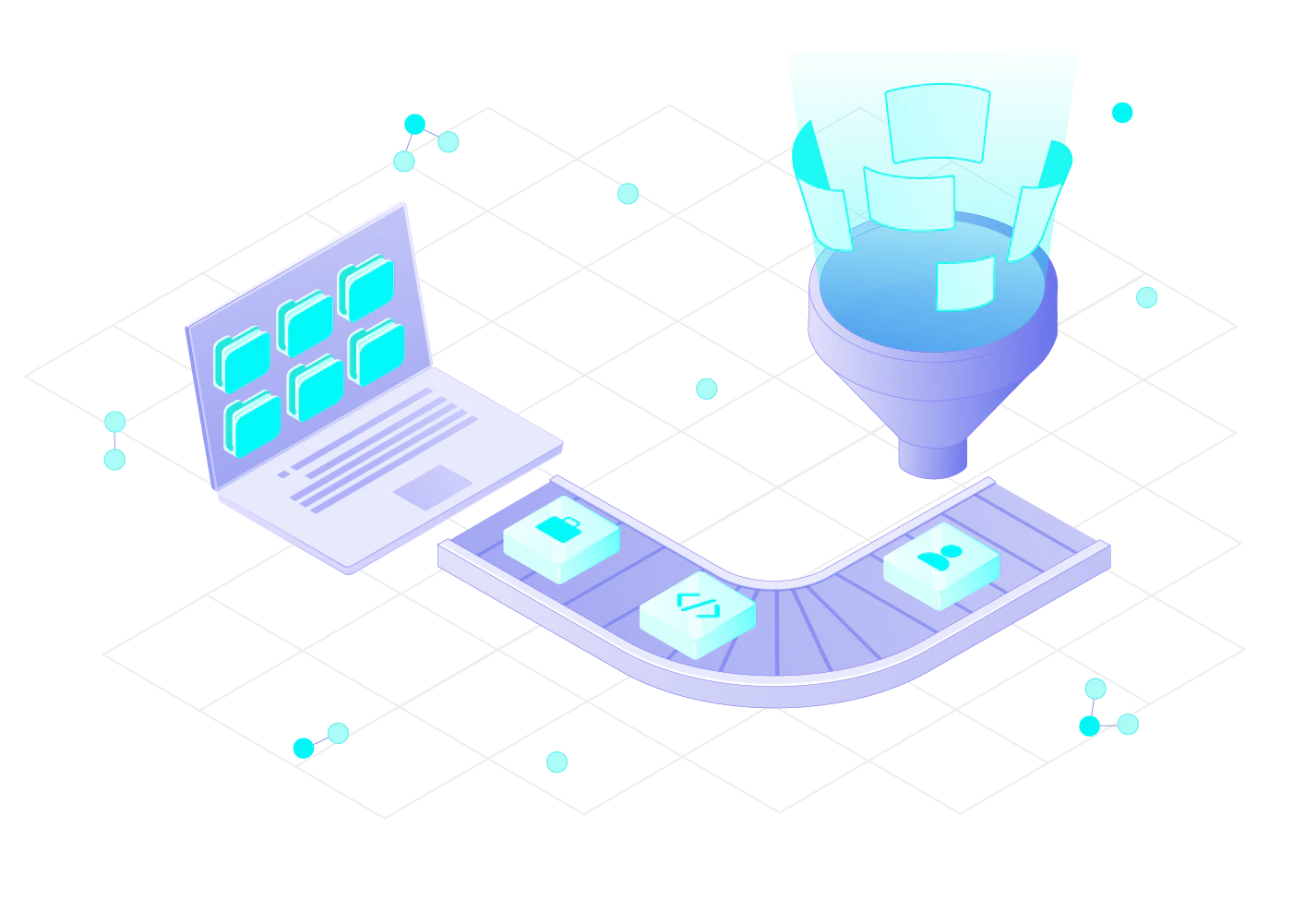Companies strive to be data-driven, and with good reason. Data-based decisions in business have consistently proven to be more profitable and efficient. However, figuring out your data strategy is not always an easy feat, especially in today’s volatile technological environment.
This article will cover the main tips and steps for defining your data needs. Read on to find out everything you need to know about being data-driven in 2024.
The importance of defining your data needs
The business scholarship recognizes the need for a data-literate workforce as one of the key challenges for companies today. As businesses strive to be more data-centric, the ability to think in terms of data on all levels of decision-making will only grow in importance.
Data literacy starts with the firm’s main strategists being able to set clear data-related objectives. Defining your data needs and having a comprehensive data strategy will bring numerous benefits, including the following:
- Increasing data quality. One of the crucial data needs is ensuring the high quality of the information you use. Having a robust data strategy will help you keep your data relevant and correct and protect it from data decay.
- Optimizing your resources. Knowing what kind of data you need and what you want to get out of it will enable you to assign tasks and apply resources optimally.
- Breaking data silos. When every stakeholder knows both means and ends of your data-related tasks, obstacles to efficient communication are easy to remove.
- Extracting the most value out of data. Finally, when teams have clear instructions on how to collect, manage, and share information, you are able to get the most out of your data assets.

5 steps to define your data needs
1. Identify your objectives and key questions
The first thing to do is figure out what questions you want to answer with data analysis. You can achieve this by examining your business goals and aligning data objectives accordingly.
Workshop ideas with the representatives of all departments to ensure that every important question is out in the open. When the questions are raised, you will be able to make a list of data-related deliverables for the next quarter or even beyond.
2. Understand your industry's requirements
Another thing you need to ensure is data compliance. A recent survey has shown that 41% of small businesses do not have a comprehensive strategy for managing their organizational data in accordance with regulations.
These companies are running risks that you can avoid with a dedicated data compliance officer. As there are multiple industry-specific data governance laws, your compliance officer must be capable of discovering and understanding your industry requirements.
3. Determine the necessary data types and sources
Knowing your objectives will allow choosing the right data types to answer the questions you raised. For example, a B2B company with a goal to boost competitive intelligence will want to look at firmographics and other B2B data.
The next step is finding the right sources for the data you need. In 2024, web data from publicly accessible sources is a true goldmine of information. When unable to collect all the data yourself, consider data enrichment with data sets acquired from trustworthy third-party providers like Coresignal.
4. Plan for data management and analytics
When developing your data strategy, you need to keep in mind how your data will be managed and analyzed. Along with the aforementioned data compliance officer, a few other key types of agents typically work on business data.
- Data architects and data engineers are responsible for creating the firm’s data framework and overseeing its realization.
- Data scientists build advanced models manipulating the data they receive for predicting the probable future.
- Data analysts and business analysts. They solve particular problems with the help of data looking for the answers to the questions you raised.
- Other business users who manage and use data or create visualizations and reports on the data insights.
The way these various agents will be able to access and use the data needs to be accounted for in your data strategy. Additionally, determine if you have the tools they need to complete their tasks properly and work with them to find more effective technological solutions.
5. Assess data quality
Upon receiving the data, the first thing to do is assess its quality. Low-quality data is useless at best, but often it will even be harmful if put to use.
For effective quality assessment, you need to have predetermined metrics which you will refer to when looking at every data set. The most commonly-used data quality metrics are as follows.
- Accuracy – measuring the rate of correct values in the data set.
- Completeness – checking if any expected information is missing or, in other words, how many empty fields the data set has.
- Consistency – whether there are contradicting values or differences in how the same data is entered.
- Timeliness – looking at how old data is to see if it can still be considered relevant.
- Uniqueness – checking for duplicates that distort the volume of the data you have.
Of course, many other metrics are used to measure data quality and usability. Discuss with your data personnel which metrics make the most sense in your particular case.

Summing up
Data needs vary from industry to industry and from company to company. With the blueprint above, you should be able to start defining your data needs and coming up with the best strategy for your business. In case you need any help with that, feel free to stop by, as Coresignal is always ready to assist.


































